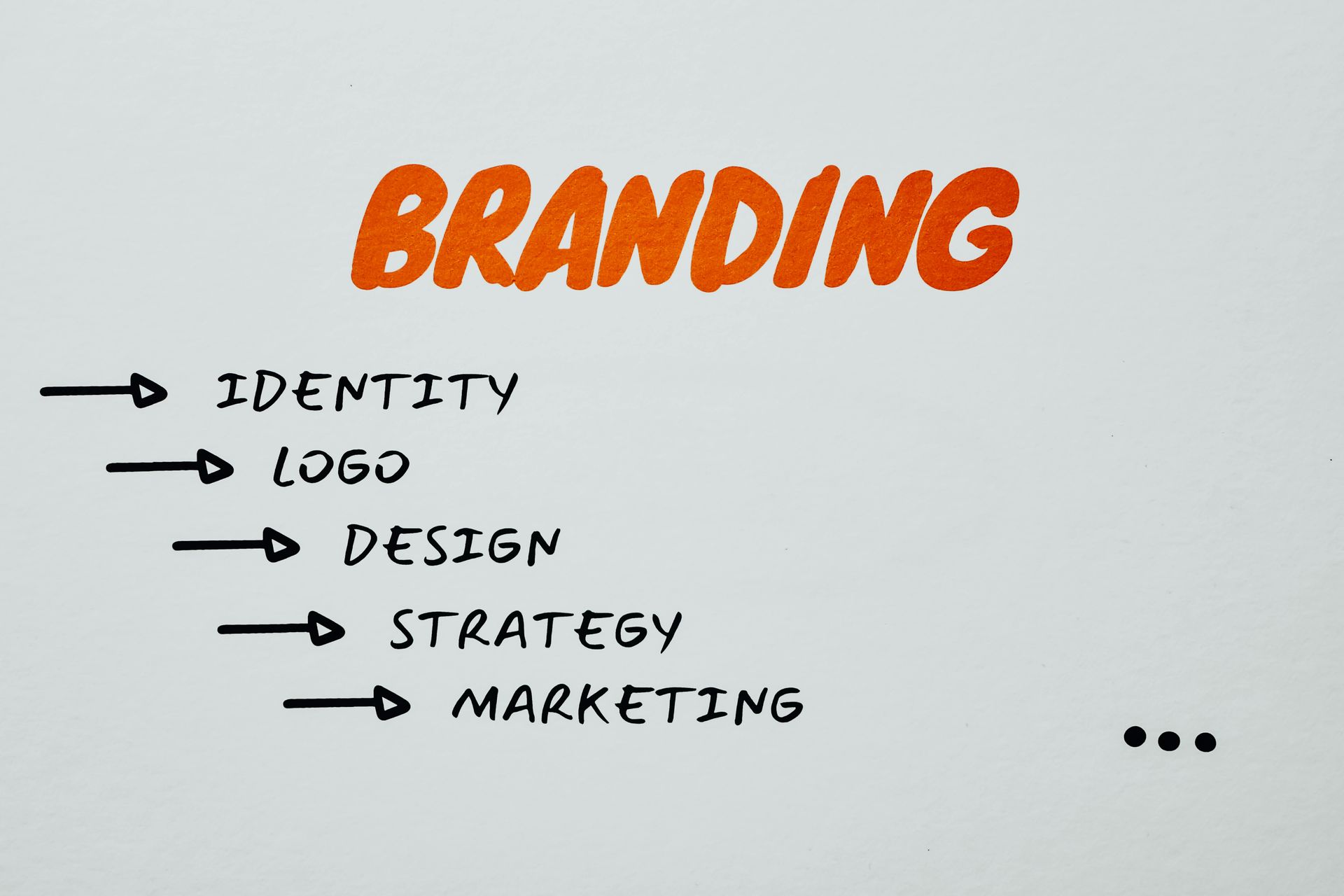8 Common Marketing Myths

When it comes to marketing, it can be easy to fall for the many myths out there – especially as marketing changes and evolves over the years. We’ve put together a list of the most common marketing myths we see and provide you with details on how you can overcome all of them.
1. Small Businesses Don’t Have to Have a Marketing Plan
Small businesses tend not to have the budget larger corporations do when it comes to marketing – but that doesn’t mean it can afford to be ignored. Instead, smaller companies must be strategic with their smaller budgets to develop a plan that works for and benefits their bottom line. Completely ignoring marketing altogether will not do a business any favors and, in fact, could cause your company to fall into obscurity if no one even knows you exist!
2. Results Will Happen Overnight
Marketing campaigns take time. They do not happen overnight. In fact, it could be months before you see any results from social media marketing, SEO, and other advertising campaigns. Instead, a business should focus on long-term growth that generates revenue rather than short-term bursts of activity. Seeing results overnight can actually be a sign of shady marketing practices in many cases.
3. Everyone Should Be Considered My Company’s Audience
While you may be tempted to market to everyone on the internet, this is not an efficient form of marketing. In fact, you’ll likely just be throwing money away as your business, product, or service won’t appeal to everyone on earth. Clearly understanding and defining your audience to create a “target audience” is essential to crafting a strategy that serves your business while effectively reaching the people most likely to buy your product or service.

4. My Business Should Be on Every Social Media Platform
This marketing myth has been around for a while – but many people unfamiliar with social media or marketing still believe it. There are dozens of social media platforms, with Facebook, Twitter, Pinterest, and LinkedIn only scratching the surface. That doesn’t mean you need to be on every single one. First, your social media manager likely doesn’t have enough hours in the day to tackle them all! Second, it’s very unlikely that your target audience is actually on all of them, too. Therefore, you should only be on the platforms you know your target audience uses.
5. Marketing Strategies Aren’t Important
Some businesses post on social media or craft a blog and call it a day. Sure, it’s marketing, but is it really effective? Likely not. Marketing strategies are essential to actually seeing results from your social media, blog posts, or other marketing avenues, or else it’s like throwing spaghetti at the wall and hoping it sticks. Your strategy should clearly outline your target audience, when they’re most active, where they’re active, and effective ways to reach them. It’s also a good idea to develop a marketing funnel to nurture your potential customers and turn them into sales.
6. We Have a Social Media Page; We Don’t Need a Website
A social media page is not a replacement for a website. While social media is important, it simply can’t fulfill all the needs a website can. Instead, you want your platforms to drive clicks to your website. You can give them easy-to-navigate information about your hours, products, services, and contact details. If you simply used social media, your audience would have to sift through your posts to find the information they need and will likely just move on if they can’t immediately locate it.
7. Only Digital Marketing Matters
While digital marketing is definitely at the forefront these days, it shouldn’t be the only avenue your business takes. In fact, traditional marketing can still make a huge mark in many industries. It’s essential to understand where your marketing will make the most bang for its buck, and for many businesses, that can be both social media and brochures, commercials, or billboards. Effective marketing strategies use the best of both worlds to reach target audiences.

8. Anyone Can do Marketing
Most people have Facebook, LinkedIn, YouTube, Twitter accounts, and even personal blogs these days. However, that does not make them all experts on social media marketing, video marketing, and blogging for businesses. Marketing is not easy if you want to see results, and, as stated earlier, a social media post or an article here or there won’t do your business any favors.
There is much more than meets the eye. From identifying the target audience to knowing what content to produce and understanding where to promote your business to how much to spend, there is a lot to consider when it comes to marketing. It’s best to work with the experts.
By working with someone who knows the ins and outs of marketing, you can harness their expertise and experience to benefit your business and your bottom line. They can help you overcome these myths and others to truly see the results you need out of your marketing strategy.
Want to stop worrying about marketing and focus more on your business going forward? Partnering with Cole-Dalton Marketing Services will allow you to take advantage of the latest marketing trends, best SEO practices, and more – all to benefit your company. Let’s have a conversation today !
The post 8 Common Marketing Myths appeared first on Cole Dalton.









